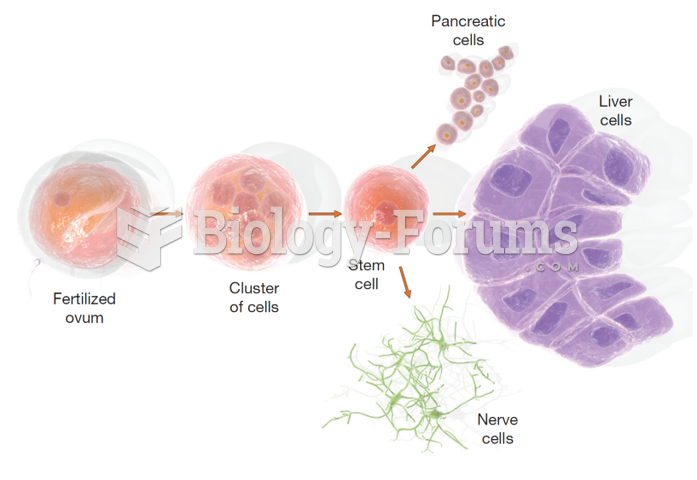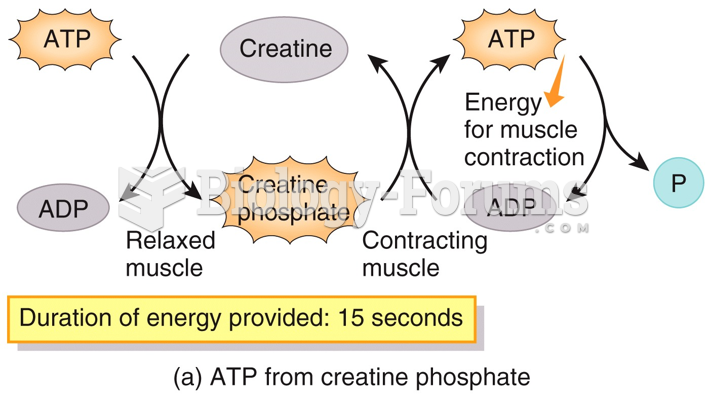Answer to Question 1
A
Answer to Question 2
The shift to balanced strategic planning was born out of necessity. As the twenty-first century approached, firms realized that traditional planning and measurement approaches could not capture value created by the organization's intangible assets. These assets-including such vital issues as customer relationships, processes, human resources, innovation, and information-were becoming increasingly important to business success, but they were not being reported through traditional financial measures.
The basic tenet of the balanced performance scorecard is that firms can achieve better performance if they align their strategic efforts by approaching strategy from four complementary perspectives: financial, customer, internal process, and learning and growth. The financial perspective is the traditional view of strategy and performance. This perspective is vital but should be balanced by the other components of the scorecard. The customer perspective looks at customer satisfaction metrics as a key indicator of firm performance, particularly as the firm moves ahead. Financial measures are not suited to this task because they report past performance rather than current performance. The internal process perspective focuses on the way that the business is running by looking at both mission-critical and routine processes that drive day-to-day activity. Finally, the learning and growth perspective focuses on people and includes such vital issues as corporate culture, employee training, communication, and knowledge management.
The five common principles associated with implementing the balanced approach to strategic planning are:
1. Translate the Strategy into Operational Terms-Successful firms can illustrate the cause-and-effect relationships that show how intangible assets are transformed into value for customers and other stakeholders. This provides a common frame of reference for all employees.
2. Align the Organization to Strategy-Successful firms link different functional areas through common themes, priorities, and objectives. This creates synergy within the organization that ensures that all efforts are coordinated.
3. Make Strategy Everyone's Everyday Job-Successful firms move the strategy from the executive boardroom to the front lines of the organization. They do this through communication, education, allowing employees to set personal objectives, and tying incentives to the balanced scorecard.
4. Make Strategy a Continual Process-Successful firms hold regular meetings to review strategy performance. They also establish a process whereby the firm can learn and adapt as the strategy evolves.
5. Mobilize Change Through Executive Leadership-Successful firms have committed energetic leaders who champion the strategy and the balanced scorecard. This ensures that the strategy maintains momentum. Good leaders also prevent the strategy from becoming an obstacle to future progress.
The balanced scorecard doesn't refute the traditional approach to strategic planning. It does, however, caution business leaders to look at strategy and performance as a multidimensional issue. Financial measures, though important, simply cannot tell the whole story. One of the major benefits of the balanced scorecard is that it forces organizations to explicitly consider during strategy formulation those factors that are critical to strategy execution.







